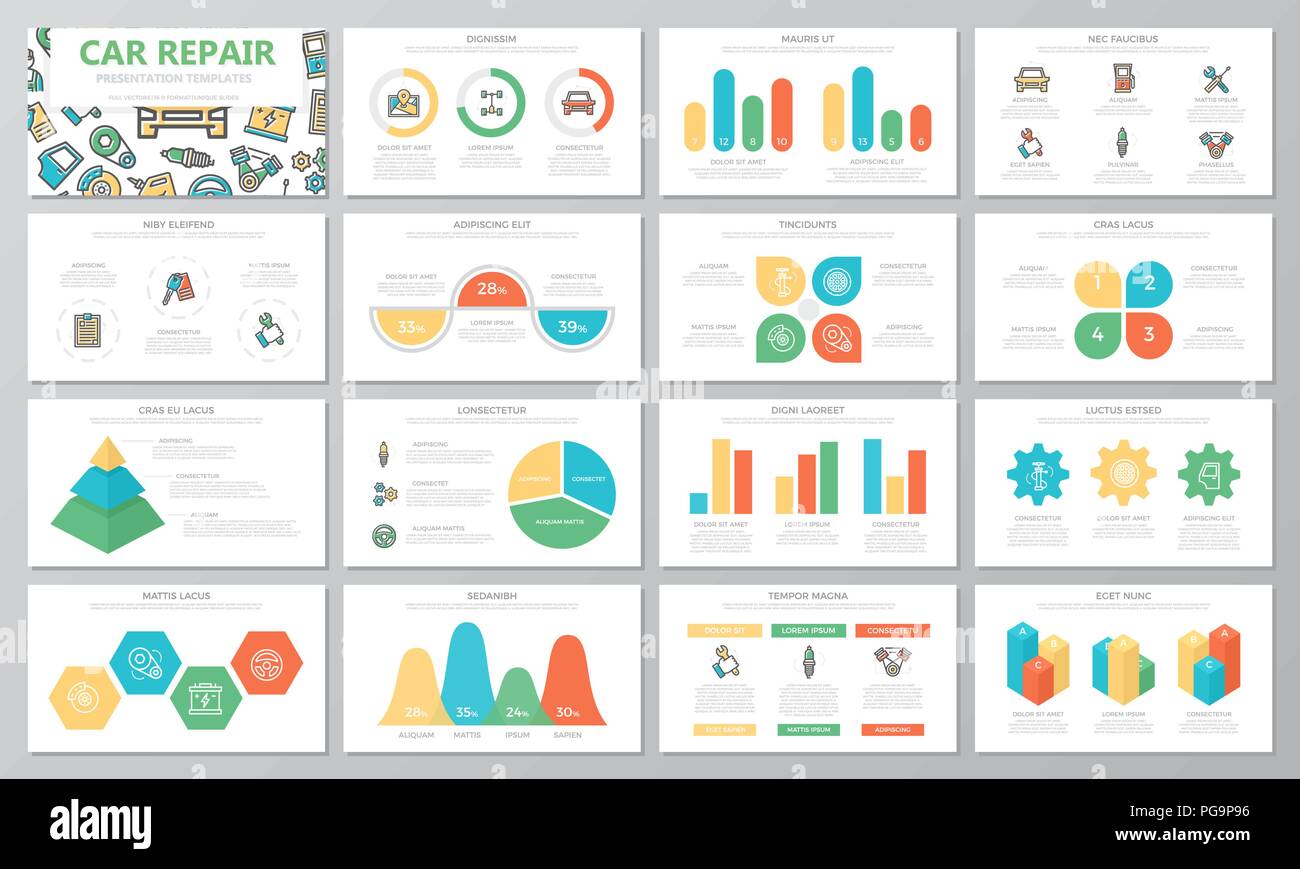Comprehending The Significance Behind Your Lorry'S Caution Lights: An In-Depth Look
Comprehending The Significance Behind Your Lorry'S Caution Lights: An In-Depth Look
Blog Article
Created By-Higgins Kejser
When you lag the wheel, those beautiful caution lights on your dashboard can be a bit perplexing. Do you understand what they're attempting to tell you concerning your auto's wellness? Recognizing the value of these lights is important for your safety and the durability of your car. So, the next time one of those lights appears, wouldn't you want to understand its message precisely and take the necessary steps to address it?
Common Warning Lights and Interpretations
Recognize common caution lights in your vehicle and comprehend their significances to ensure risk-free driving.
The most regular caution lights consist of the check engine light, which indicates issues with the engine or exhausts system. If this light begins, it's vital to have your vehicle examined immediately.
The oil pressure alerting light shows low oil stress, needing immediate attention to stop engine damages.
A flashing battery light could recommend a damaged charging system, potentially leaving you stranded if not attended to.
The tire stress monitoring system (TPMS) light informs you to low tire pressure, affecting automobile stability and gas performance. Ignoring this can cause harmful driving problems.
The ABS light shows a problem with the anti-lock stopping system, jeopardizing your ability to stop promptly in emergency situations.
Lastly, the coolant temperature level cautioning light warns of engine overheating, which can lead to extreme damages if not solved quickly.
Comprehending these usual warning lights will help you deal with issues without delay and keep risk-free driving conditions.
Importance of Prompt Interest
Comprehending the usual warning lights in your cars and truck is only the primary step; the value of promptly dealing with these warnings can not be highlighted sufficient to guarantee your safety and security when driving.
When a warning light illuminates on your dashboard, it's your auto's means of communicating a prospective issue that needs attention. Neglecting these warnings can bring about much more extreme problems later on, endangering your security and possibly costing you a lot more out of commission.
Trigger interest to warning lights can avoid failures and mishaps. For example, a flashing check engine light can suggest a misfire that, if left ignored, might cause damages to the catalytic converter. Addressing https://www.gobankingrates.com/saving-money/travel/tips-on-declining-rental-car-insurance-with-your-credit-card-even-if-you-dont-have-a-car/ can conserve you from a pricey repair service.
In a similar way, a brake system warning light might signal reduced brake fluid or used brake pads, important components for your safety and security when driving.
Do It Yourself Troubleshooting Tips
If you observe a caution light on your control panel, there are a few DIY troubleshooting suggestions you can attempt before looking for expert help.
The initial step is to consult your automobile's handbook to recognize what the particular warning light suggests. In some cases the issue can be as easy as a loosened gas cap activating the check engine light. Tightening up Look At This might solve the problem.
One more typical problem is a low battery, which can activate different advising lights. Examining the battery links for rust and ensuring they're safe and secure could fix the issue.
If a caution light continues, you can try resetting it by separating the automobile's battery for a few mins and after that reconnecting it. In addition, checking your lorry's liquid degrees, such as oil, coolant, and brake fluid, can help troubleshoot advising lights connected to these systems.
Verdict
Finally, understanding your automobile's caution lights is necessary for maintaining your car running efficiently and securely. By immediately resolving these signals and recognizing what they imply, you can prevent pricey repairs and potential breakdowns.
Remember to consult your cars and truck's handbook for particular information on each alerting light and act appropriately to make sure a hassle-free driving experience.
Keep notified, remain risk-free on the road!
